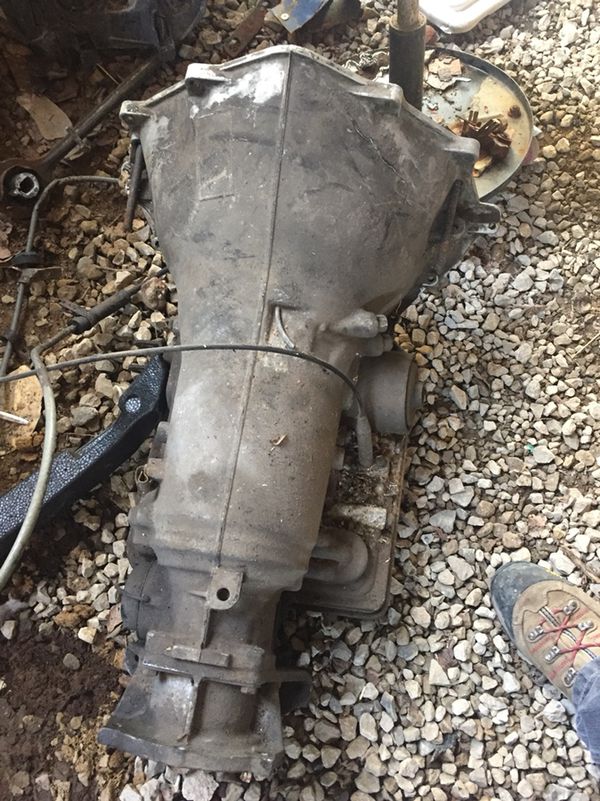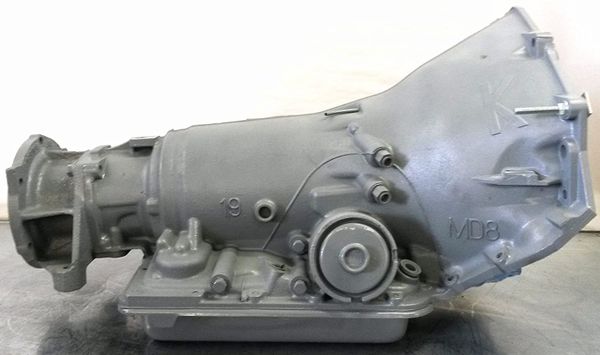
Unlike the AOD-E, Reverse, 1st, and 2nd gear ratios in the 4R70-W are numerically higher, giving the transmission a better mechanical advantage and in turn, better take-off acceleration, better passing acceleration, slightly lower fuel consumption, and designed for better gearset strength The 4th gear ratio in the 4R70-W is up 0.70:1 from 0.67:1. 1992 and up Ford F-Series trucks and E-Series vansĪ revised version of the AOD-E Transmission was released in 1993 with the Lincoln Mark VIII.While the AOD and AOD-E are similar to each other (oil pans, casings, bell-housing, and internals), they are not interchangeable with each other because the AOD-E's shift points are controlled electronically from a combination of solenoids and the Powertrain Control Module (PCM) while the AOD's shift points are hydraulically controlled by a throttle valve rod.


It was mainly intended for the new Modular V8 at first, but it was also adapted to the old AOD bell-housing for vehicles still powered by pushrod engines. The AOD was redesigned with electronic controls in 1992, becoming the AOD-E. Initially called XT-LOD (Extension Lock-Up Overdrive) its name was changed when revisited in 1974 to FIOD (Ford Integrated Overdrive) and then to its final name in 1979, the Ford AOD transmission.
#4x4 aod transmission for sale full size#
The transmission was introduced when Ford started to downsize its full size line in 1979. The project was shelved with a design that lacked a dampener in the torque converter but after the project was revisited a dampener ultimately made its way into the final design. The XT-LOD was initially abandoned in 1966 but design began again in 1974 as a result of rising gas prices. The transmission featured a split-torque application for third gear as well as a lockup in the torque converter. Because it was based on the "X" transmissions, its gear ratios from 1-3 were the same with the fourth being 0.67:1. Where many transmissions had a fourth gear added on as an afterthought, Ford's new transmission was designed with a fourth gear integrated into the gearset. The new transmission was built around the Ravigneaux planetary gearset of the "X" transmissions.

This is today's AOD, and DYNAMIC Racing Transmissions is proud to offer this transmission at the appropriate level for almost everyone.In 1962 Ford began working on a new type of automatic transmission that would emphasize fuel economy and driveability. It is not uncommon for over the top, 1000+ HP cars to enjoy the benefits of OD to make street driving a joy- even on the highway- drive it to the track, maybe change the rear tires, and then blast down the 1/4 mile with no concerns of breakage- with or without optional trans-brake. Plagued with soft shifts and poor reliability,the AOD was not originally designed with performance in mind. First offered in full sized Ford cars and trucks in 1979, this transmission quickly found its way into the ever popular 5.0 Mustang in 1984. First introduced in 1992 for modular 4.6 liter engines in the Crown Victoria, Grand Marquis, and Town Car models, these transmissions are excellent choices for street performance with small block engines. That is no longer the case, as AODs with hardened one-piece input shafts and other features, like the OD Delete valve body, allow us to build an AOD to safely handle 1500 HP. It was not long ago that if you made big horsepower, it was out of the question to expect an overdrive transmission that would hold up. The AOD replaced many of Ford's older transmissions such as the C4, C5, and light duty applications of the FMX. The gearset design is based on the Ford 'X' automatic transmissions used during the 1950s, 60s, and 70s. Introduced in 1980, it was Ford's first four-speed automatic overdrive transmission. The AOD (for automatic overdrive) is a four-speed automatic transmission with overdrive.


 0 kommentar(er)
0 kommentar(er)
